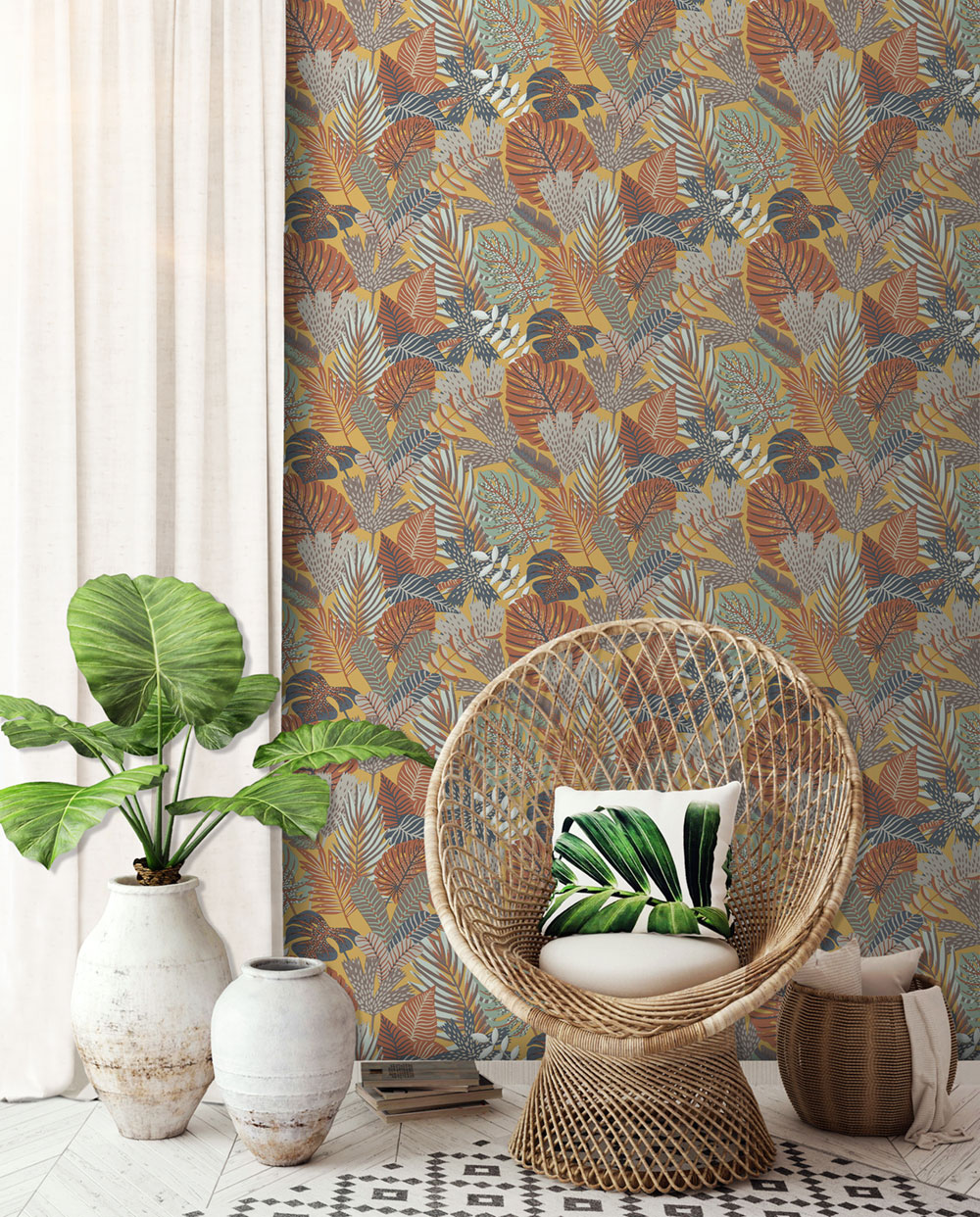Proper preparation is crucial for the success of wallpapering. Why? Thanks to the right preparation, wallpapers adhere tightly to the walls, do not peel off, and bubbles do not form on them. In short, careful preparation ensures that wallpapering will bring joy for years.
To achieve the best results in wallpapering, the base surface for wallpapering should have the following characteristics:
Check these surface properties before starting wallpapering. The work will be easier, and better results will be achieved.

Wall absorbency is the ability of the wall to absorb water or other liquids. In wallpapering, this means that, thanks to good absorbency, the wallpaper adhesive adheres properly to the wall. Otherwise, if the absorbency is too high, the wallpaper adhesive cannot adhere sufficiently to the surface, losing its function.
Spray water on the wall with a brush or sprayer and observe the result:
.png) Use quality primer to achive perfect absorbency. Use quality primer to achive perfect absorbency. |
How to do this so that the removal of the original wallpapers is as smooth as possible? Apply or spray on the wallpapers you want to remove:
We do not recommend other preparations as they may penetrate the new surface.
Use a brush to remove dust, cobwebs, and other impurities. If, for example, the plaster is peeling off the surface, it needs to be scraped off and the base smoothed. Non-woven or paper wallpapers do not tolerate unevenness. Greasy, oily, and resin stains on the walls must be removed from the surface before wallpapering. They can cause stains on the wallpaper, and furthermore, neither the wallpaper nor the adhesive will adhere properly to such a contaminated surface.
Smooth out and fill cracks on walls with acrylic or silicone putty. Lightly sand the wall. Sanding will level the walls after puttying, so they will be in a perfect line and ready for wallpapering. Wipe the wall with a damp cloth to remove the last small impurities.
It is essential for unifying the base. Penetration seals the wall, preventing it from absorbing the adhesive.
If you wave your hand over the penetration of the walls, the wallpaper may not adhere properly to the wall. There is nothing worse than pasting luxurious wallpaper on such an untreated wall, which then does not adhere. It is recommended for everyone to invest a few coins and some time in penetration. It will more than pay off as the wallpaper will adhere perfectly to the wall and serve you for many years.